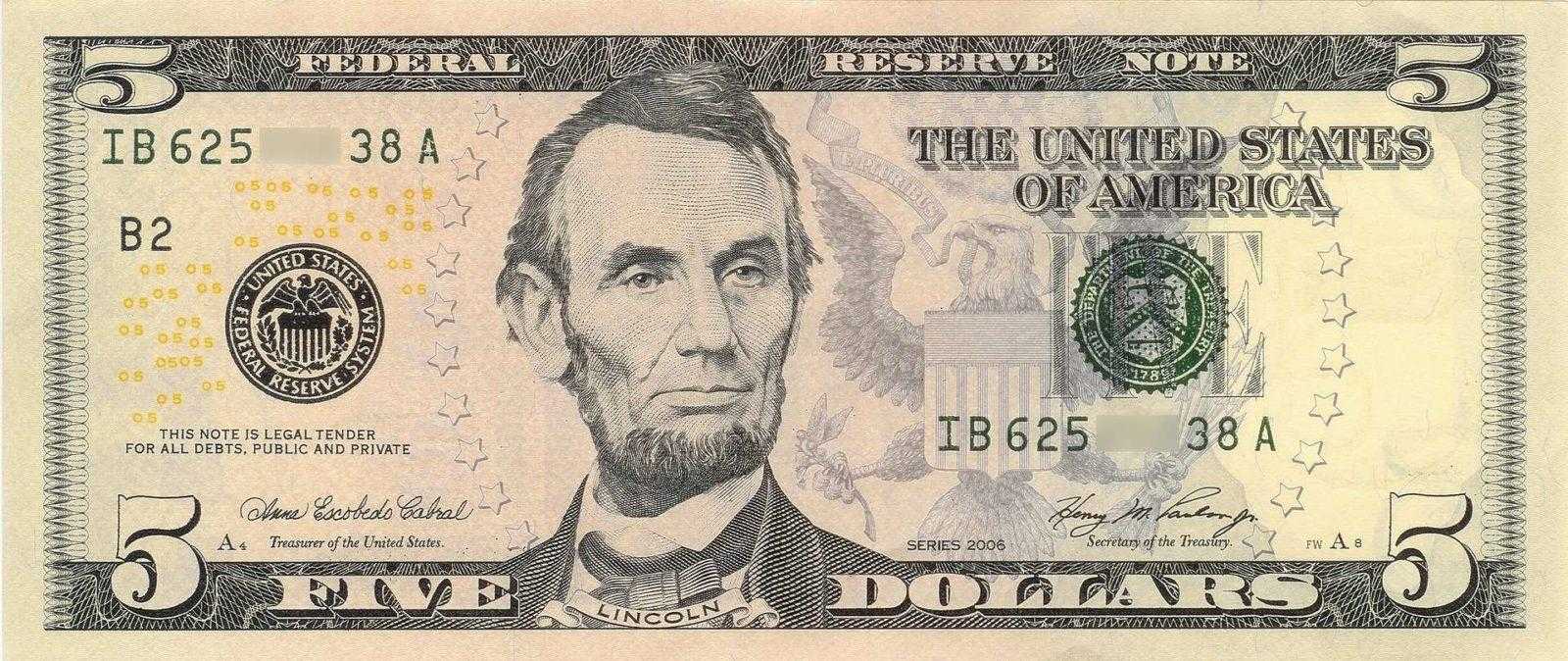Much anticipation is on the speech presented by Federal Reserve Chairman Jerome Powell on Monday, as it would move the US Dollar FX Rate.

Further, RBA Deputy Governor Debelle’s speech on Tuesday and Bank of England Gov. Bailey’s speech on Tuesday will also sway the Forex market.
The monetary policy meeting by central banks of several countries took place last week. Bank of Japan, Bank of England, and the US Federal Banks have kept their interest rates unchanged. Central banks prefer to keep their currencies lower as economic conditions across countries are not good. BOE is expected to bring in negative rates soon.
US Dollar FX Rate Moves to 93.60 after FOMC Meeting
The Federal Reserve expects its GDP at 3.7% for this. It had earlier expected to drop by 6.5%. Policymakers have hinted that interest rates will remain unchanged at near-zero rates until 2023. Further, quantitative easing is good at current levels. There has been a lack of stimulus from the Fed during the monetary policy released last week.
August Retail Sales has advanced by a meager 0.6%, while the core reading was at -0.1%, though it was expected at 0.5%.
US Dollar Index Future closed at 92.95 on Friday, 18 September. The DXY has strong support at 92.70 levels, but if it breaks below this level, it may see a deep fall.
The US Dollar FX rate closed below the critical levels at 93.00 marks on Friday, 18 September. After the FOMC event, it moved to 93.60 levels on Thursday. But with weakness returning into the forex market, the US Dollar Index closed lower on Friday.
GBP/USD Exchange Rate Volatile Around 1.30 Levels
The Bank of England has decided to keep its policy rate unchanged. As expected, the rates remain at 0.10%, according to reports from the policy meeting in September. Quantitative easing remains unchanged at £745 billion. Further, BOE has hinted at sub-zero rates to be implemented in the days to come.
Once the Brexit transition period ends, the sterling is expected to show more volatility. With the Furlough Scheme to expire next month, layoffs will increase, which will negatively impact the economy.
UK Prime Minister Boris Johnson has agreed towards a compromise on the Brexit bill. The British Pound has moved higher. The Internal Markets bill is facing many controversies but has passed the first test in the House of Commons. But later, the Prime minister agreed to reach a compromise regarding it.
If the fisheries issue gets a deal, it will be of great help to the country. EU Negotiator Michel Barnier has raised hopes on this issue.
With virus cases on the increase, new restrictions are imposed in the northeast region. Mortality cases are reducing and this remains a positive factor in this situation.
The GBP/USD currency pair closed at 1.2915 on Friday, 18 September. It gained support at 1.2793 levels on Monday and moved positively for a few days, but has tough resistance at 1.300 levels. If the British Pound to US Dollar pair breaks the 1.30 resistance, it can move up to 1.31 levels and further up to 1.3290 levels.
However, if it breaks 1.28 levels, there are chances for a deep slide for the GBP/USD currency pair.
Australian Dollar Momentum to Slow Down
In Australia, total employment has improved by 111.0 K in August. In July, it increased to 114.7K. The unemployment rate has gone down from 7.5% to 6.8%, much better than the expected 7.7%. Employment to population ratio has gone up to 60.3%, up by 0.5 points.
AUD to US Dollar FX rate closed at 0.7289 levels on Friday, 18 September. The AUD/USD exchange pair has remained within a range between 0.7345 and 0.7254 this week.
The AUD/USD exchange rate remains at year high levels currently and its momentum may slow down after climbing high levels.
In New Zealand, the Kiwi Dollar has seen a wide upmove from $0.6650 to $0.6799 last week ended 18 Fri, September.
Japanese Yen Moves Towards Two-Year Lows
The Bank of Japan has left interest rates unchanged. The Japanese Yen fluctuated to ¥105.069 from ¥105.046, after the policy decision by the Bank of Japan.
The USD/JPY currency pair closed at ¥104.55 on Friday, 18 September. The exchange rate USD to Yen has been facing a downward movement through September, after hitting ¥106.50 levels at the beginning of September. The USD/JPY currency pair is almost at its two-month lows.
EUR/USD Exchange Rate Comfortable in a Tight Band
The EUR/USD currency pair continues to move within a small band. It closed at 1.1837 on Friday, 18 September. European Industrial Production has gone down 7.7% on year-on-year comparison, though it is better in July. Inflation has come down 0.2%, year-on-year in August.
The ECB President Christine Lagarde has not addressed the growing strength of the euro during the meeting last week.
The EUR/USD currency pair continues to gain support at 1.1737 levels. It has been moving in a narrow band in both August and September, gaining resistance at 1.1900 levels.
The EUR/USD pair continues to trade at two-year high levels, which it reached towards the end of August 2020.
Political decisions and fiscal stimulus will continue to dominate the forex markets through September.